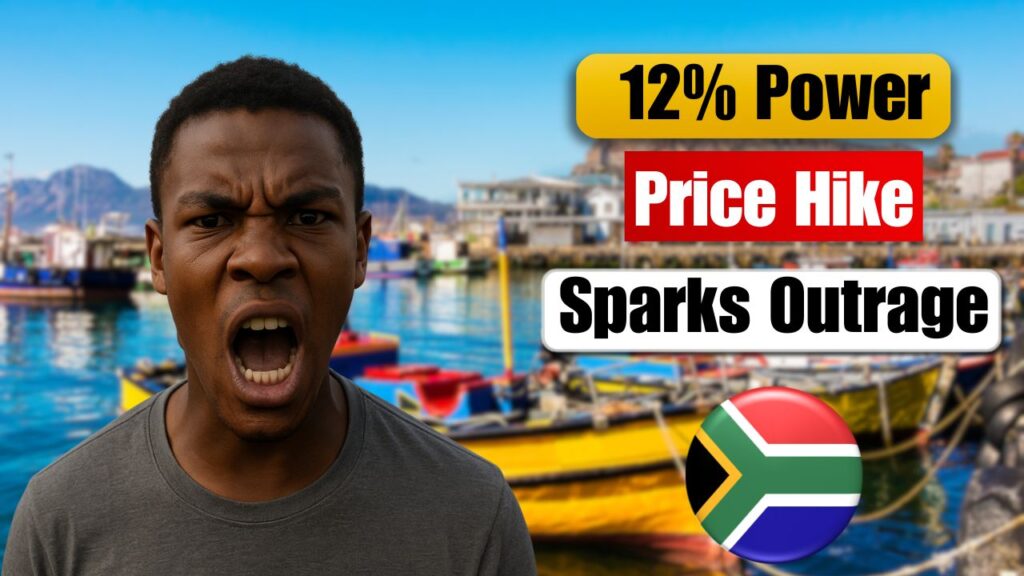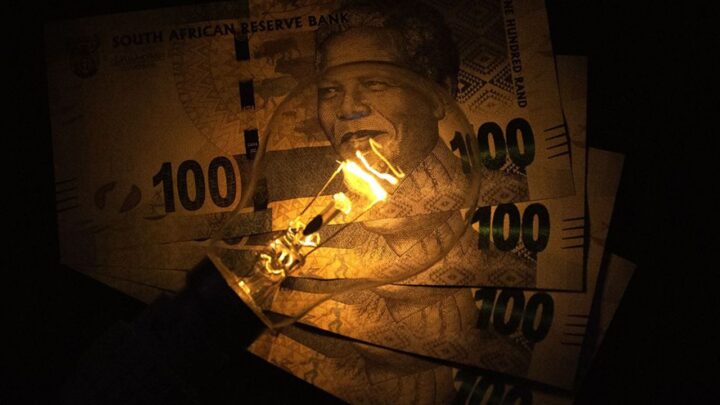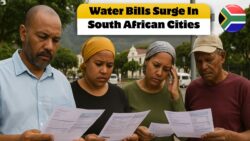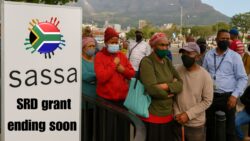South Africans are once again facing frustration as electricity tariffs increase by 12% starting November 2025. The National Energy Regulator of South Africa (NERSA) approved the hike after Eskom’s appeal for additional funding to sustain infrastructure and maintenance. Many citizens argue that with load shedding still continuing and services unreliable, another price increase feels unfair. This rise will add immense pressure to households already dealing with rising living costs, forcing people to rethink their budgets and reduce consumption during tough economic times.

Why Electricity Prices Are Increasing Again in South Africa
The latest electricity tariff increase stems from Eskom’s ongoing struggle to cover operational expenses and invest in grid stability. According to officials, the utility needs higher revenue to fund power station maintenance and renewable energy projects. However, public outcry has been intense, as consumers already pay among the highest electricity rates in Africa. NERSA defended its decision, claiming the rise was essential for long-term power security, even though the timing has left many families and small businesses struggling to keep up with bills each month.
Read Also : October Alert: Grocery Costs Jump Across SA – Bread Flour and Edible Oils Lead the rise, What to know
Impact of the 12% Tariff Hike on Households and Businesses
This 12% tariff increase will have a significant impact on both residential and commercial users across South Africa. For an average household consuming 600 kWh per month, the monthly bill may rise by nearly R200. Businesses, especially small enterprises, will see higher operational costs, potentially leading to increased prices for goods and services. Economists warn that this change could further escalate inflation pressure in the country. Meanwhile, social media platforms are flooded with citizens’ anger, accusing Eskom of financial mismanagement and a lack of accountability.

Government Response and Possible Relief Measures
The South African government is under pressure to offer electricity subsidy support for low-income families. Some provinces are considering introducing limited relief packages through local municipalities. The Department of Mineral Resources and Energy stated that the rise aligns with national power recovery strategies. Critics, however, demand transparency in Eskom’s spending and progress on its renewable energy plans. The debate continues, as many South Africans question whether this hike will bring better service reliability or just deepen financial strain in an already fragile economy.
Read Also : October Economic Surprise: Repo Rate Slashed to 7% as 3% Inflation Target Debuts
Projected Tariff Comparison and Payment Table (2024–2025)
Below is a breakdown of the expected electricity cost changes across different user categories after the 12% increase takes effect in November 2025:
| Category | Current Tariff (R/kWh) | New Tariff (R/kWh) | Average Monthly Bill (600 kWh) | Increase (Approx.) |
|---|---|---|---|---|
| Residential (Urban) | 2.42 | 2.71 | R1,626 | +R174 |
| Residential (Rural) | 2.28 | 2.55 | R1,530 | +R162 |
| Small Businesses | 2.78 | 3.11 | R18,660 | +R2,002 |
| Large Industrial Users | 1.96 | 2.20 | R1.2 Million | +12% |
FAQ 1: When will the 12% electricity increase start in South Africa?
The new electricity tariffs will take effect from 1 November 2025 across all provinces.
FAQ 2: Who approved the 12% increase in South Africa?
The NERSA board approved the tariff adjustment after Eskom’s funding proposal was reviewed.
FAQ 3: Will there be any subsidy for low-income households?
Yes, the government may expand Free Basic Electricity (FBE) for eligible families.
FAQ 4: Why are South Africans unhappy about this increase?
Citizens are frustrated because load shedding issues continue despite rising electricity prices.



